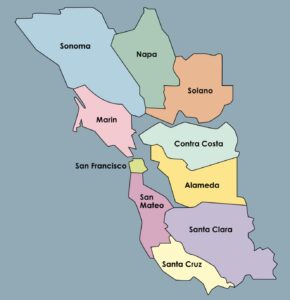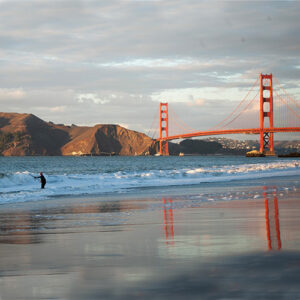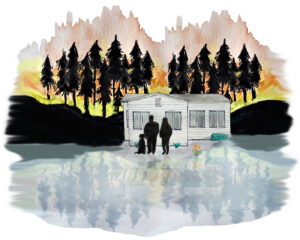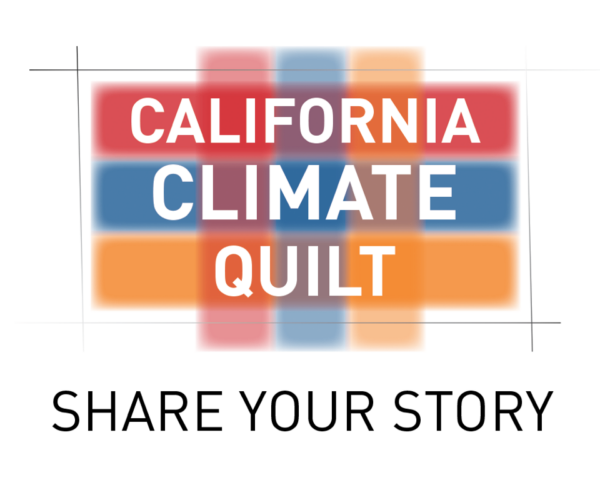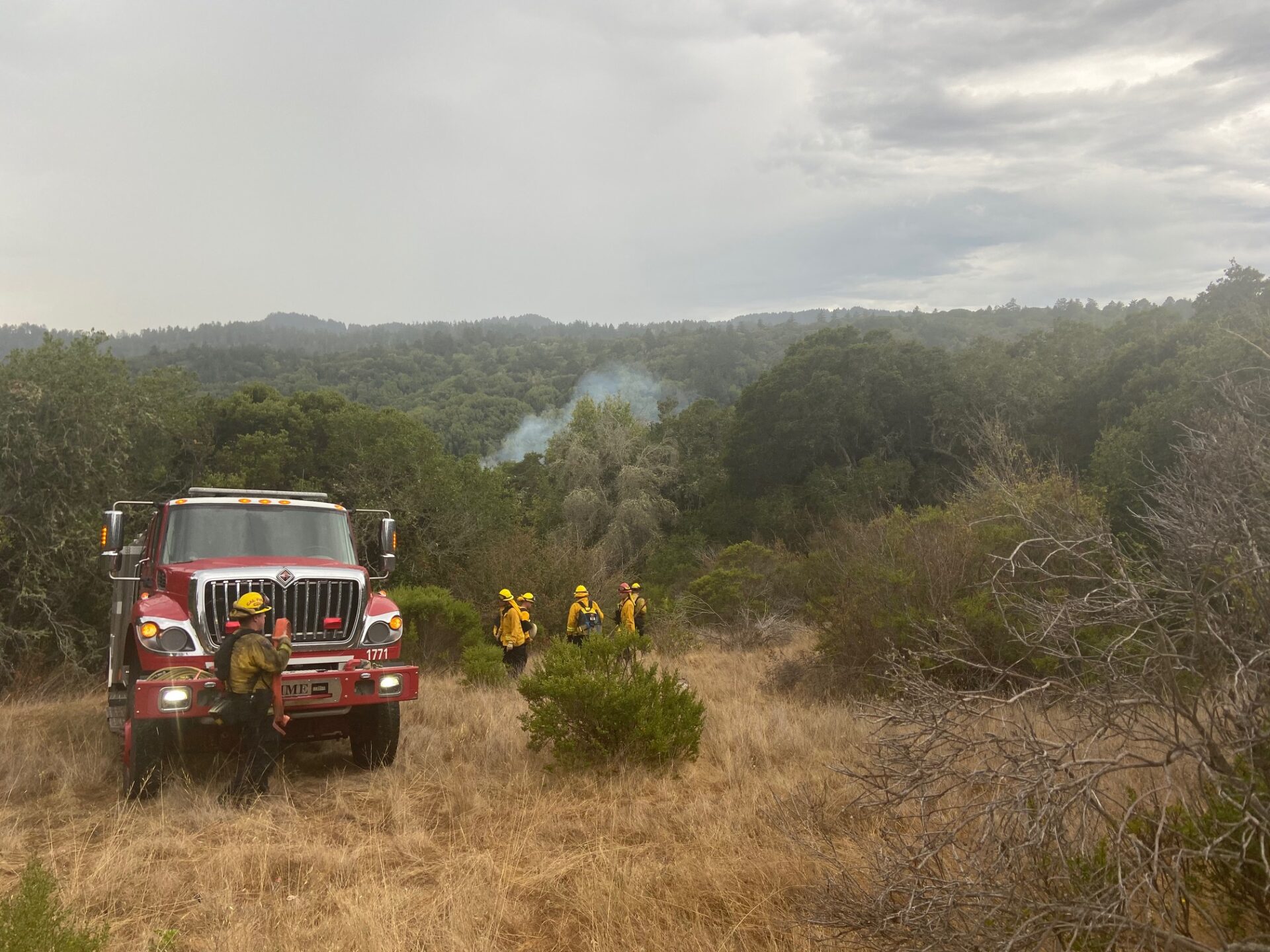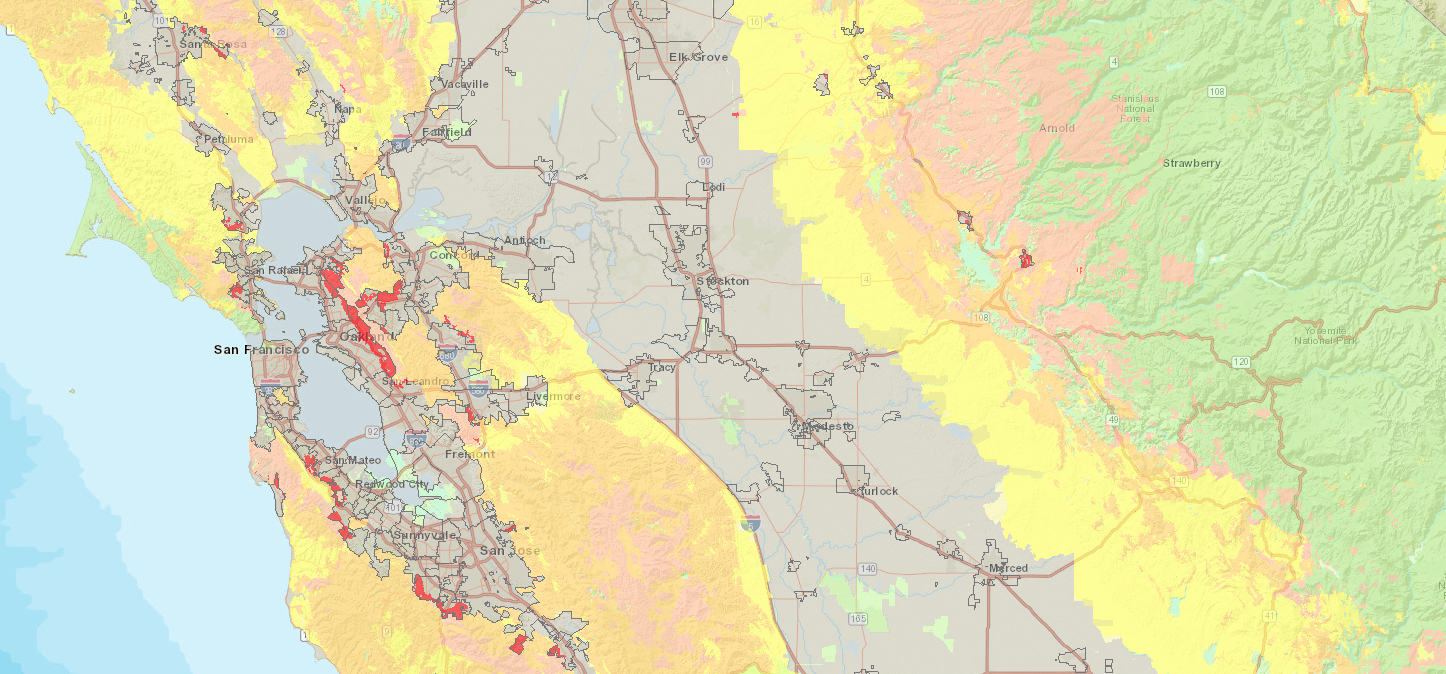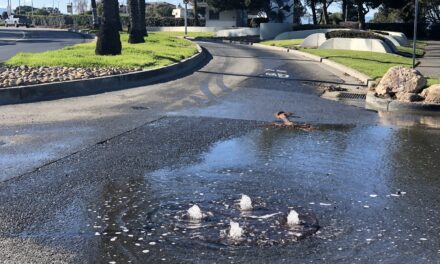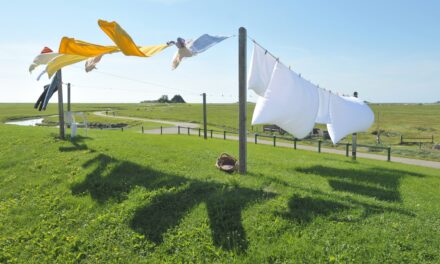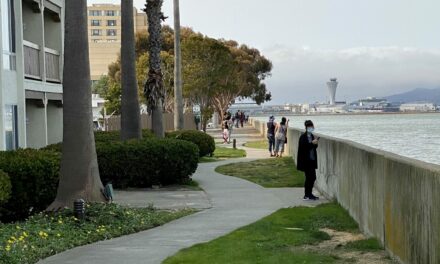Chasing the Fireline
In a changing world, maps become outdated. Those depicting the Aral Sea as a vast blue ink stain in central Asia are years behind the curve, for much of the giant lake has been depleted by agricultural diversions and desertification. Many maps where lush equatorial green represents tropical rainforest fail to reflect deforestation.
In California, climate change has pushed another sort of map toward obsolescence. Prolonged droughts and increasingly severe heat waves have amplified the state’s wildfire season, rendering a collection of wildfire hazard zone maps, published 15 years ago by state fire officials and used to guide development and planning processes, out of date.
Jim McDougald, staff chief for the California Department of Forestry and Fire Protection (Cal Fire)’s community wildfire preparedness and mitigation program, says that wind-driven wildfires in fall and winter have seen an uptick in the past five to ten years, especially in Napa and Sonoma counties.
Now, Cal Fire is making changes to the agency’s Fire Hazard Severity Zone maps to more accurately portray the most flammable regions of the state.
“The new maps will be a lot more accurate to the weather that we’re now experiencing in California,” McDougald says.
The maps, viewable online and last updated in 2007, use color coding to delineate regions at high resolution based on fire hazard level. Revisions, McDougald says, are being submitted to local Cal Fire units for review and necessary tweaking this summer. This fall, the agency will present its final maps.
According to the 2007 maps, one of the most fire-prone areas in the Bay Area is the East Bay hills, where a north-south swath of bright red and salmon pink — color code for “very high” hazard in, respectively, locally managed areas and lands managed by Cal Fire — runs from Hayward to north Richmond. Berkeley, El Cerrito, Piedmont, and Oakland each contain high-danger zones. On the San Francisco peninsula, a similar hazard band runs from Woodside almost to Burlingame, spilling westward over the ridge and down to the San Mateo coast. San Bruno Mountain is charted as a moderate hazard area, while vast swaths of the North Bay, from Santa Rosa to Lake Berryessa and northward through Lake and Mendocino counties, are rated as very high. Western Sonoma County is a notch lower.
Other Recent Posts
Learning the Art of Burning to Prevent Wildfire
In Santa Rosa’s Pepperwood Preserve, volunteers are learning how controlled fires can clear out natural wildfire fuel before it can spark.
Martinez Residents Want More Than Apologies — They Want Protection
After a 2022 release of toxic dust and a February 2025 fire, people in the northeast Bay town are tired of waiting for safety improvements.
Weaving Fire Protection Out Of What’s Already There
A new Greenbelt Alliance report shows how existing vineyards, grasslands, and managed forests can slow wildfire and save vulnerable homes.
Fall Plantings Build Pollinator Habitats in Concord
Community groups, climate advocates and a church are coming together to plant pollinator gardens as monarchs, bees see population declines.
Newark Needs Housing, But Could Shoreline Serve A Higher Purpose?
The Bay Area needs more affordable housing, but would 196-homes or a buffer against sea level serve local needs better in the years ahead?
Who Will Inherit the Estuary? Training for a Rough Future
The six-month program teaches students aged 17 -24 about the challenges facing communities around the SF Estuary, from Stockton to East Palo Alto.
Split Verdict Over State of the Estuary
Habitat restoration and pollution regulations are holding the Bay steady, but the Delta is losing some of its ecological diversity, says SF Estuary Partnership scorecard.
Volunteers Catch and Release Tiny Owls For Science
In Santa Rosa, citizen scientists capture northern saw-whet owls to help further research on climate impacts to the bird.
Antioch Desalination Plant Could Boost Local Water Supply
The $120 million plant opened this fall and treats 8 million gallons of brackish water a day, 75% of which is drinkable.
How Cities Can Make AI Infrastructure Green
Data centers fueling AI can suck up massive amounts of energy, water and land, but local policies can mitigate the impact.
Fire hazard severity zone map from 2007. Officials point out that “hazard” is not the same thing as “risk,” which is associated more with human behavior (the material a home is built of, how close a structure is to the edge of a forest, etc). Hazard encapsulates greater environmental aspects, like the forest itself and elements of climate, such as the notoriously fire-friendly Santa Ana and Diablo winds.
Exactly why late-fall and winter wildfires are becoming more severe is explained by several factors, says Sasha Gershunov, a research meteorologist at the Scripps Institution of Oceanography. He says data on wind patterns do not indicate significant changes in strength, frequency or seasonality. Southern California’s Santa Ana winds and northern California’s Diablo winds typically occur in November and December, as they historically have, Gershunov notes.
However, the seasonal conditions that precede these westward wind events have become extremely erratic. Heatwaves have intensified, and variability in precipitation has increased.
“It’s gotten really wild, from super wet years to super dry years,” Gershunov says.
Increasingly, the first of the season’s rains arrive weeks later than the historical average. This, combined with high autumn temperatures, creates prime fire conditions exactly when warm winds are gusting across the Bay Area — November, December, and even January.
“The fuels are drier longer, into the peak of the wind season,” Gershunov says, adding that climate models suggest this delayed start to the wet season “will become a trend.”
In a combustible and changing landscape, the state’s fire hazard mapping program helps guide responsible development — ostensibly, at least — by accurately reflecting where wildfires are most and least likely to occur.
“Building standards are tied to these maps,” McDougald explains. “And there are defensible space requirements tied to the fire hazard severity zones.”
While state law requires that officials update the maps periodically, it doesn’t specify how frequently updates must be made. Instead, it leaves that decision to the judgment of state fire officials. With the effects of climate change on California’s fire season becoming more noticeable each year, it’s only a matter of time before the next round of revisions are due.

